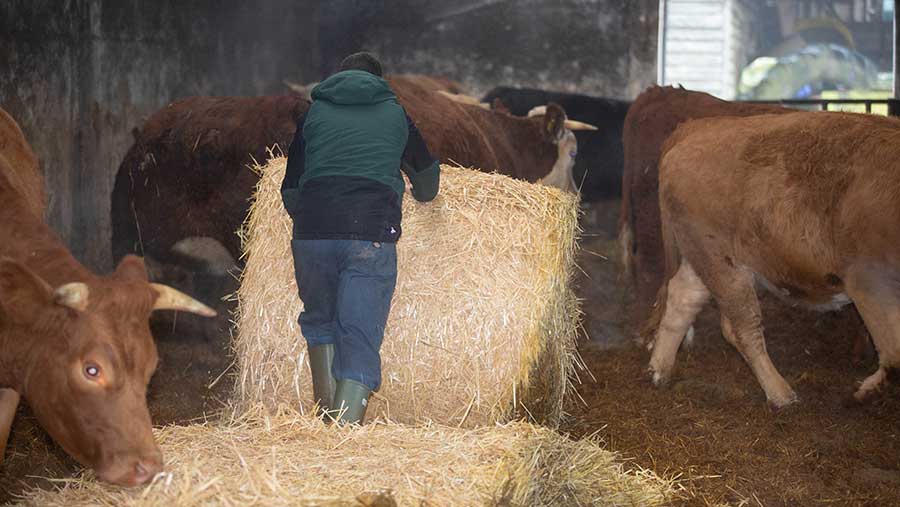Bovine TB data points to further fall in cattle slaughtering
 © Tim Scrivener
© Tim Scrivener Defra has released the latest bovine TB figures, which show a significant fall in the slaughter of infected cattle in England.
From January to December 2022, 22,084 TB-infected cattle were slaughtered in England, a 20% decrease from the previous 12 months (27,577).
In Wales, the number slaughtered was 9,516, a decrease of 11% on the previous year (10,641).
See also: Defra report shows drop in TB incidents in Derbyshire
In Scotland, which has had officially TB-free (OTF) status since 2009, herd incidence and herd prevalence remain very low and stable.
In England, the herd incidence rate for 2022 was 8.4, a decrease of 0.4 from the previous 12 months.
This means that in a year, for every 1,000 unrestricted herds, Defra would expect to find a new TB breakdown detected in 84 herds.
In England, herd prevalence – defined as the percentage of all registered herds which are not OTF – was 4.5% (down 0.1% on the previous year). In the high-risk area, herd prevalence was 8.7%, also down 0.1% on the previous year.
In Wales, herd incidence decreased by 0.6% from the previous 12 months to 6.5%, and herd prevalence decreased by 0.2% to 5.3%.
Commenting on the TB figures for England, Cheshire dairy farmer Phil Latham, a member of the government’s TB Partnership, said: “I welcome the evidence of success of the current badger culling strategy as part of efforts to tackle bovine TB.
“However, I would caveat that with concern that without the current strategy for the interim period between phasing out of culling and cattle vaccination starting from 2025, the benefits which have been made through farmer investment will be wasted.
“You only have to look at the figures for Devon and Cornwall to see that the decline has slowed because we have stopped doing what was effective.”
